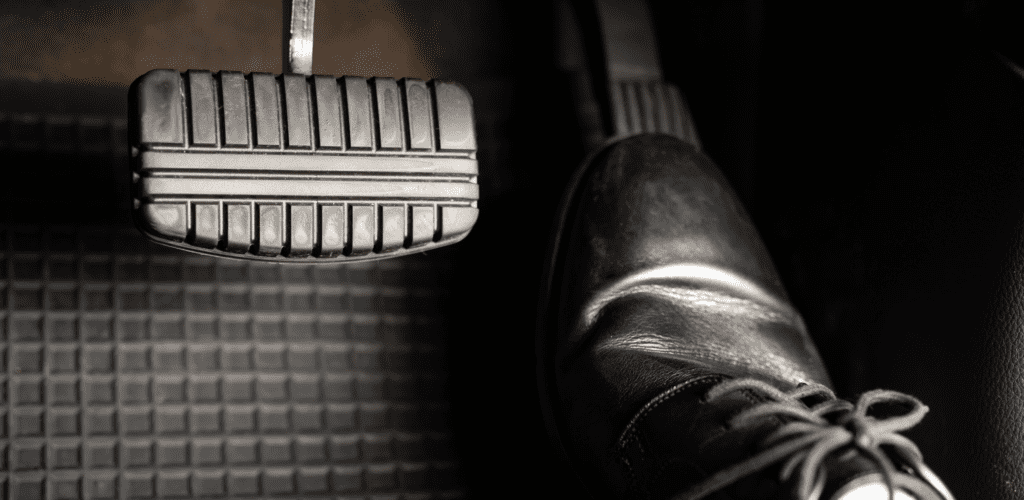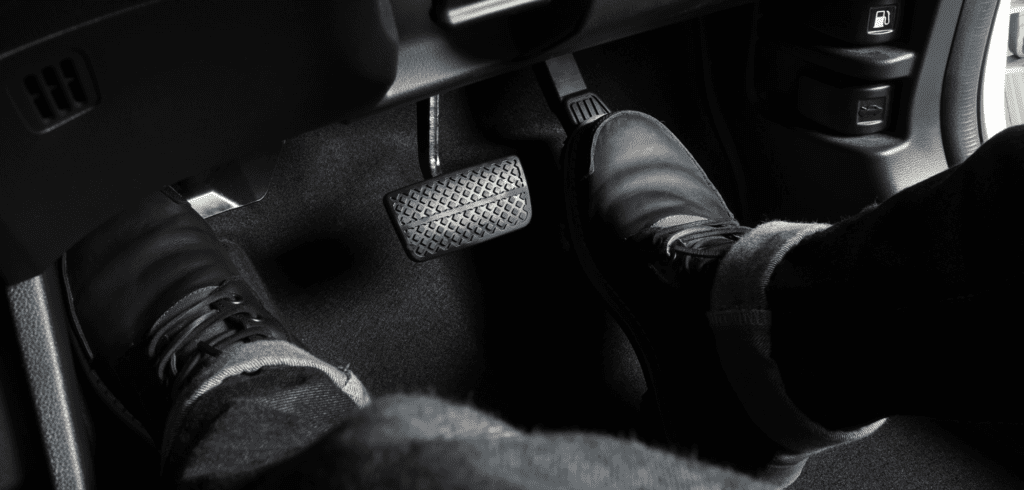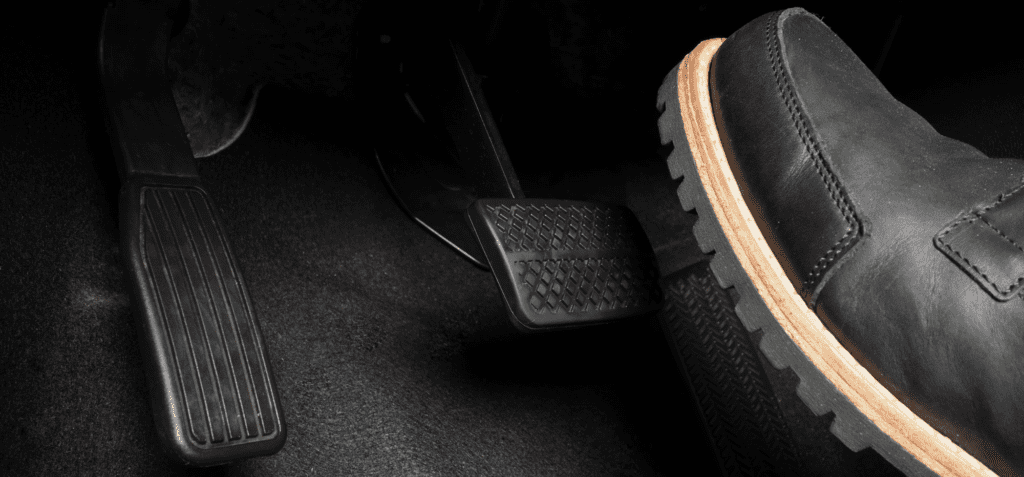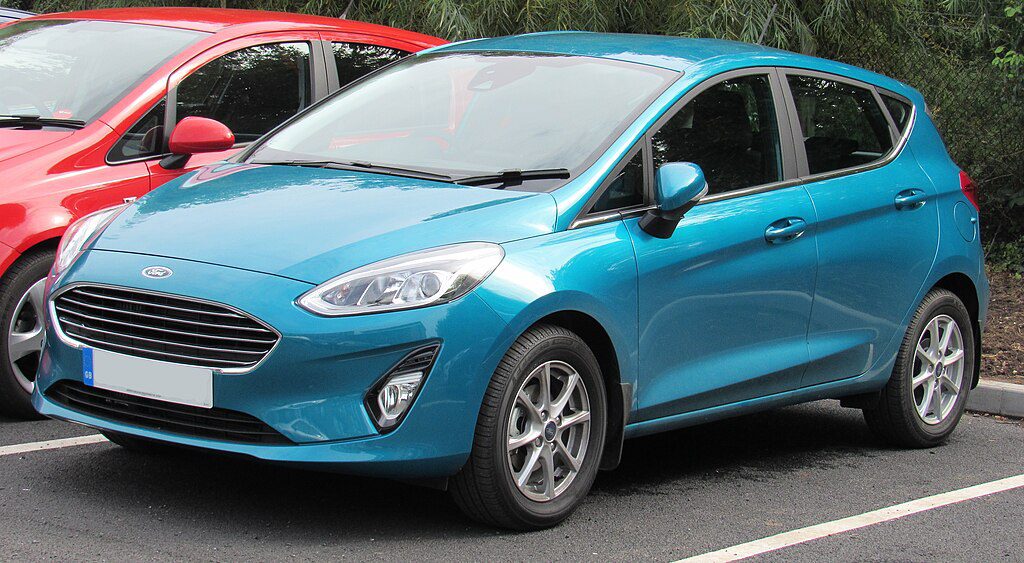
Introduction to Dual Control Cars
What Are Dual Control Cars?
Dual control cars are specially modified vehicles designed primarily for driver training. These cars are equipped with two sets of crucial controls: one for the student and the other for the instructor.
This setup includes pedals for the accelerator, brakes, and sometimes even a secondary steering wheel or additional mirrors.
Dual control cars offer a safe environment for learners, allowing instructors to take over driving tasks if necessary, ensuring both safety and a real-time learning experience.

How Do Dual Control Systems Work?
Dual control systems are ingeniously designed to facilitate both the learner driver and the driving instructor. In a typical setup, these vehicles are fitted with a duplicate set of pedals on the passenger side, where the instructor sits.
These controls are connected to the car’s main systems, allowing the instructor to brake or accelerate if needed. In some advanced models, additional features include secondary steering controls and extra mirrors for enhanced visibility.
The key objective of these systems is to provide immediate intervention capabilities to the instructor while maintaining a real-world driving experience for the learner.
Benefits of Learning in a Dual Control Car
Learning to drive in a dual control car offers numerous benefits. Firstly, it significantly boosts the learner’s confidence knowing that the instructor can intervene in potentially dangerous situations.
This safety net allows learners to attempt manoeuvres they might otherwise be hesitant to try. Additionally, it can accelerate the learning process as students feel more secure and are likely to take more initiative.
Moreover, insurance costs are often lower for dual control cars during driving lessons, reflecting the reduced risk associated with their use.

Choosing a Dual Control Car
Factors to Consider When Choosing a Dual Control Car
Selecting the right dual control car involves several critical factors. Reliability is paramount, as the vehicle will undergo more frequent use and require more mechanical interventions than standard cars.
Fuel efficiency should also be a consideration, given the extensive driving time during lessons. Comfort is another crucial factor, both for the learner and the instructor, who spend many hours in the vehicle.
Additionally, the ease of control installation and removal is important for driving schools that might need to update or change vehicles regularly.

Popular Models of Dual Control Cars in the UK
In the UK, several models stand out as favourites for dual control purposes. The Ford Fiesta and Vauxhall Corsa are particularly popular due to their reliability and ease of driving.
Other commonly chosen models include the Volkswagen Polo and Toyota Yaris, which offer a good balance of size, cost, and fuel efficiency.
Each of these models is often available from manufacturers already equipped with dual controls, which can be a significant advantage.

Renting vs. Buying a Dual Control Car
The decision to rent or buy a dual control car depends largely on the specific needs and duration of use. Renting can be a cost-effective option for new instructors or driving schools not ready to invest in a fleet.
Rental agreements typically cover maintenance and servicing, reducing the overall burden of car ownership.
On the other hand, buying a dual control car makes more sense for established driving schools or instructors who require long-term solutions and wish to customise their vehicles extensively. The initial higher cost is offset by long-term savings and the ability to sell the vehicle later.
Dual Control Car Features
Key Features of Dual Control Cars
The key features of dual control cars are designed to enhance the learning experience while ensuring maximum safety.
These features include dual sets of pedals for the brakes and accelerator, and often a second set of operational controls such as clutches and sometimes secondary steering wheels.
Additional mirrors are also a common feature, providing both the instructor and the learner with better visibility.
These cars are typically equipped with a more robust transmission system to handle frequent starts and stops, which are common in a learning scenario.
Safety Features Specific to Dual Control Cars
Safety features in dual control cars are paramount, considering the risk factors associated with novice drivers.
These vehicles are often equipped with reinforced brakes and an emergency stop system that instructors can activate instantly.
Advanced models might include automatic engine shutdown capabilities if a certain level of risk is detected.
Furthermore, dual control cars are fitted with high-visibility decals to alert other road users that a learner is at the wheel, which increases surrounding drivers’ awareness and caution.
Understanding the Pedal Layout and Controls
The pedal layout and controls in a dual control car can initially seem daunting. Typically, the learner’s side of the vehicle mirrors a standard car’s layout with accelerator, brake, and clutch pedals in their usual positions.
On the instructor’s side, there will at least be a set of brake and accelerator pedals. In some specialized training vehicles, additional controls allow the instructor to take over other functions such as the clutch and steering.
Understanding and becoming comfortable with this layout is crucial for both parties to ensure seamless control transitions during lessons.
Learning to Drive in a Dual Control Car
What to Expect During Your First Lesson
During your first lesson in a dual control car, expect to start with a comprehensive introduction to the vehicle’s features.
Your instructor will explain the functionality of each control and how they can intervene if necessary. The lesson typically begins with basic manoeuvres in a controlled environment, such as starting and stopping, to get accustomed to the feel of the car before progressing to more complex tasks like turning and changing gears.
Safety protocols and immediate response techniques will also be emphasised to prepare the learner for unexpected situations.
Communicating with Your Instructor
Communicating with your instructor is critical in learning to drive in a dual control car. Effective communication helps clarify instructions and provides reassurance to the learner.
Instructors typically use a calm and clear tone to give directions and are trained to provide feedback constructively. Learners are encouraged to ask questions and express any concerns they might have about the driving process.
This two-way communication ensures that each lesson is as productive and comfortable as possible.

Common Challenges and How to Overcome Them
Learners often face several common challenges when driving a dual control car. One major challenge is the initial fear of making mistakes in the presence of an instructor.
To overcome this, it’s important to remember that making mistakes is a natural part of the learning process. Another challenge can be adapting to the dual control setup, especially being aware that the instructor can intervene at any time, which can initially be unsettling.
Gaining confidence comes from practice and familiarity with the vehicle’s responses under different conditions. Lastly, understanding and adapting to feedback is crucial for improvement and becoming a proficient driver.
Instructor’s Role in Dual Control Cars
Responsibilities of a Driving Instructor
The responsibilities of a driving instructor in a dual control car are comprehensive and crucial to the success of the learner driver.
Instructors are tasked with not only teaching driving skills but also instilling road safety awareness and proper driving etiquette.
They must prepare lesson plans that cater to the individual needs of learners and adjust their teaching strategies based on the learner’s progress and comfort level.
Additionally, instructors are responsible for maintaining a safe learning environment, which includes managing the dual controls to prevent accidents and ensuring the car is in good working condition.
How Instructors Use Dual Controls
Instructors use dual controls to ensure safety and provide real-time corrective actions during driving lessons.
These controls allow the instructor to brake or accelerate the vehicle from the passenger side. Instructors typically use these controls sparingly to allow learners to experience handling the car on their own.
However, in situations where there is a risk of an accident or when demonstrating specific manoeuvres, the instructor may take over completely.
The use of dual controls is a balancing act between providing enough freedom for the student to learn through experience and intervening when necessary to maintain safety.
Training Required for Instructors to Operate Dual Control Cars
To operate dual control cars, instructors must undergo specialised training. This training not only covers the basics of driving instruction but also focuses on how to effectively use dual controls.
Instructors learn about the mechanical aspects of the controls to ensure they can operate them effectively and troubleshoot any issues that may arise.
Additionally, the training includes advanced driving techniques, risk assessment, and emergency response strategies to prepare them for any situation they might encounter on the road with a learner.
Legal and Insurance Considerations
Insurance Requirements for Dual Control Cars
The insurance requirements for dual control cars are more stringent than for regular vehicles due to the increased risks associated with driver training.
Insurance policies for these cars typically cover both the instructor and the learner, providing comprehensive protection against potential claims arising from accidents during lessons.
Insurers may require specific details about the dual control system and the qualifications of the instructor. Additionally, insurance premiums might be higher to reflect the increased liability risks.

Legal Aspects of Using Dual Control Cars for Teaching
The legal aspects of using dual control cars for teaching involve several regulations and standards that must be adhered to by driving schools and instructors.
These vehicles must be registered and certified as suitable for driver training. Instructors also need to be licensed and certified, demonstrating that they meet the required standards for teaching.
Compliance with these regulations ensures that the teaching environment is not only effective but also legal and legitimate.
Who is Liable in an Accident?
Determining liability in an accident involving a dual control car can be complex. Generally, the driving instructor might be held responsible if it is found that they could have prevented the accident through timely intervention using the dual controls.
However, liability may also depend on the circumstances of the accident, such as learner error or external factors.
Legal considerations will take into account the control system’s functionality and whether the instructor fulfilled their duty to maintain control of the vehicle when necessary.
Insurers and legal experts typically analyse these factors to establish fault and determine liability in such cases.
Transitioning from a Dual Control Car to a Regular Car
Preparing to Drive Independently
Preparing to drive independently after learning in a dual control car involves a significant psychological shift for new drivers.
This preparation includes building confidence to manage a vehicle without the safety net of an instructor’s dual controls.
Instructors play a critical role during this transition, gradually reducing their interventions and encouraging learners to make decisions independently.
This phase may also involve practice sessions in a regular car under supervision, enabling the learner to acclimate to driving without the additional controls.
Differences in Handling and Control
The main differences in handling and control between a dual control car and a regular car can be quite noticeable for a new driver. In a dual control car, the instructor’s ability to intervene can often make the car feel more responsive to dangerous situations.
Without these controls, a regular car requires the driver to manage all aspects of driving, which includes maintaining awareness of the environment and making quick decisions without external input.
Additionally, the pedal sensitivity and steering might differ, requiring the driver to adjust their driving technique accordingly.
Tips for a Smooth Transition
Here are several tips for a smooth transition from a dual control to a regular car:
- Practice Gradually: Start by driving in low-traffic areas to build up your comfort level without the pressure of busy roads.
- Familiarise Yourself with the Vehicle: Before driving extensively, take some time to understand the specific controls and handling characteristics of the new vehicle.
- Stay Calm and Patient: Transitioning can be stressful, so it’s important to remain calm and patient with yourself as you adapt.
- Use Defensive Driving Techniques: Maintain good driving habits such as keeping a safe following distance, anticipating the actions of other drivers, and being vigilant of your surroundings.
- Seek Feedback: If possible, have an experienced driver accompany you initially to provide feedback and help correct any errors in real-time.
By following these tips and focusing on gradual improvement, new drivers can effectively make the transition to driving a regular car independently, ensuring both their safety and that of other road users.
Where can I get Dual Controls added to my car?
He-Man Dual Controls
He-Man Dual Controls are priced at approximately £135 and are a favoured choice among many Approved Driving Instructors (ADIs).
These controls are tailored specifically for each car model, meaning the controls fitted in one car will slightly differ from those in another.
A notable disadvantage of He-Man Dual Controls is their lack of flexibility; if you switch cars, you cannot transfer your controls to the new vehicle. Consequently, you would need to purchase a new set, which can be costly.
Universal Dual Controls
Universal Dual Controls, while more costly than He-Man Dual Controls at about £203.95, often represent a more cost-effective choice for instructors.
These controls are designed to fit any vehicle, allowing for their transfer between cars.
As most instructors will likely change their vehicle at least once during their career, this adaptability can lead to significant savings over time. The only component that needs replacing is the cables.
Can Anyone Buy Dual Controls?
While there are no specific regulations restricting the purchase of dual controls to instructors only, there is limited utility for members of the public to have these controls installed.
The primary use of dual controls is to facilitate driving instruction, and while your guidance could be beneficial, it does not compare to professional training provided by an ADI.
Additionally, it is important to note that it is illegal to charge for driving lessons if you are not a certified instructor, so anyone considering using dual controls for informal instruction should be aware of this legal restriction.
Frequently asked questions
A dual control car is equipped with two sets of critical controls, one for the learner and the other for the instructor.
This includes pedals for braking, accelerating, and sometimes a second steering wheel or additional mirrors, allowing the instructor to intervene when necessary.
Dual control cars are used to provide a safe learning environment for new drivers. The ability for instructors to intervene not only prevents accidents but also allows learners to experience real-life driving situations safely.
While anyone with a driving licence can technically drive a dual control car, it’s primarily designed for learner drivers under the supervision of a qualified instructor.
Yes, dual control cars are typically more expensive than regular cars due to the additional equipment and modifications needed to install the dual control systems.
When choosing a dual control car to purchase, consider its reliability, fuel efficiency, ease of control installation and removal, and overall comfort for both the instructor and the learner.
Transitioning from a dual control to a regular car involves gradually reducing reliance on instructor interventions, becoming familiar with the vehicle’s controls and handling, and practicing in less challenging traffic conditions until confidence is built.
Instructors need specialised training to operate dual control cars, which includes understanding the mechanical systems of the controls, learning advanced driving and instructional techniques, and knowing how to effectively use the dual controls during lessons.
Insurance for dual control cars typically needs to cover both the instructor and the learner, with policies generally providing comprehensive cover due to the higher risks involved during driving lessons.
Liability in an accident can be complex but generally, the instructor might be held responsible if it is determined that they could have intervened to prevent the accident.
However, specific circumstances of the crash and the functionality of the control system are also considered.
While primarily aimed at driving instructors and schools, some rental companies may allow individuals to rent dual control cars for private lessons, though this often requires that the supervising driver be a qualified instructor.


